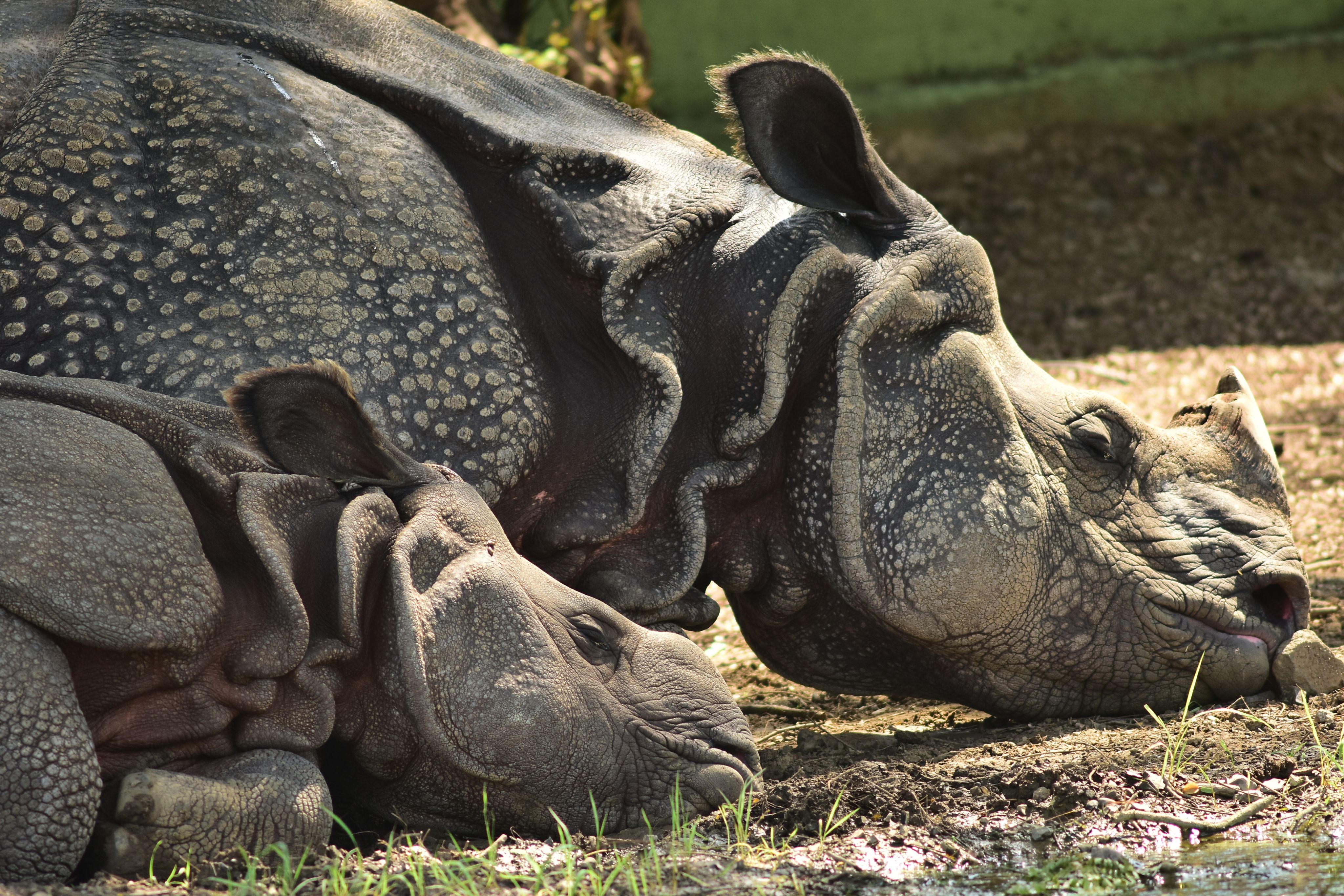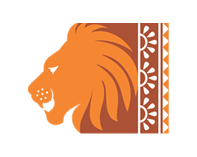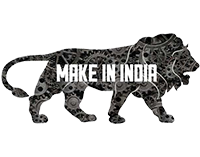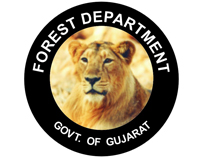On August 29, 2023, a special moment unfolded at Sardar Patel Zoological Park — a healthy female Indian rhinoceros calf was born, bringing joy, hope, and renewed commitment to one of Asia's most iconic endangered species.
Named Khushi (meaning "happiness" in Hindi), the calf represents more than just an addition to the zoo's collection. She is a living symbol of SPZP's conservation breeding success and a testament to the dedication of the animal care team.
A Birth Rooted in Conservation
The Indian Rhinoceros (Rhinoceros unicornis), also known as the Greater One-Horned Rhino, is classified as Vulnerable by the IUCN. Once hunted to near extinction, conservation efforts have brought the population back from fewer than 200 individuals in the early 1900s to approximately 3,700 today.
SPZP's breeding program for Indian rhinos follows strict studbook recommendations to ensure genetic diversity and long-term species viability. Khushi's birth was carefully planned, with her mother monitored throughout pregnancy by veterinarians and keepers using:
- Ultrasound imaging to track fetal development
- Nutritional adjustments to support maternal health
- Behavioral observations to anticipate labor signs
The First Hours
Khushi entered the world weighing approximately 60 kg — perfectly healthy and alert. Within hours, she was standing on wobbly legs, nursing from her mother, and exploring her surroundings under watchful eyes.
The veterinary team conducted immediate post-birth assessments:
- Physical examination — confirming all vitals were normal
- Colostrum intake — ensuring she received critical antibodies
- Enclosure safety checks — guaranteeing a secure environment
Growing Strong
Over the following months, Khushi's personality began to shine. Keepers noted her curious nature — investigating enrichment items, splashing in shallow pools, and following her mother everywhere.
Her diet evolved from exclusive nursing to include:
- Fresh browse (leafy branches)
- Grass and hay
- Specialized rhino pellets for balanced nutrition
By her first birthday, Khushi had grown significantly, displaying the characteristic armor-like skin folds and single horn that define her species.
A Public Celebration
On August 29, 2025, SPZP hosted a public birthday celebration for Khushi. The event featured:
- Keeper talks explaining rhino biology and conservation
- Behind-the-scenes insights into calf-rearing protocols
- Interactive Q&A sessions with veterinarians
- Art activities for children inspired by rhino conservation
Hundreds of visitors attended, learning about the threats facing wild rhinos — including habitat loss and poaching — and how zoos play a critical role in species survival.
Conservation Impact
Khushi's birth contributes to the national ex-situ conservation network for Indian rhinos. SPZP has applied for Participating-Zoo status with the Central Zoo Authority, which will:
- Enable structured animal exchanges with other Indian zoos
- Provide access to national studbooks
- Strengthen genetic management across the captive population
The Team Behind Khushi
Raising a rhino calf requires expertise, patience, and round-the-clock vigilance. Credit goes to:
- Animal keepers who monitor her daily
- Veterinarians ensuring her health
- Nutritionists planning her diet
- Enrichment specialists designing age-appropriate stimulation
What's Next for Khushi?
As Khushi matures, she will:
- Continue bonding with her mother
- Learn social behaviors essential for future breeding
- Participate in positive reinforcement training for voluntary medical care
- Serve as an ambassador for her species, inspiring visitors to care about wildlife
Why Khushi Matters
Every rhino birth in a managed setting strengthens the safety net for a species still facing threats in the wild. Khushi reminds us that conservation isn't abstract — it's personal, tangible, and happening right here.
Visit SPZP to meet Khushi and learn how you can support rhino conservation efforts.









